The Big Read: Opposition parties banding together — a grand plan or a last throw of the dice?
Seven opposition parties announced plans last weekend to form a coalition. But uniting behind a single vision and identity will be key to achieving any success, say experts, as the nitty-gritty of the proposed coalition is ironed out
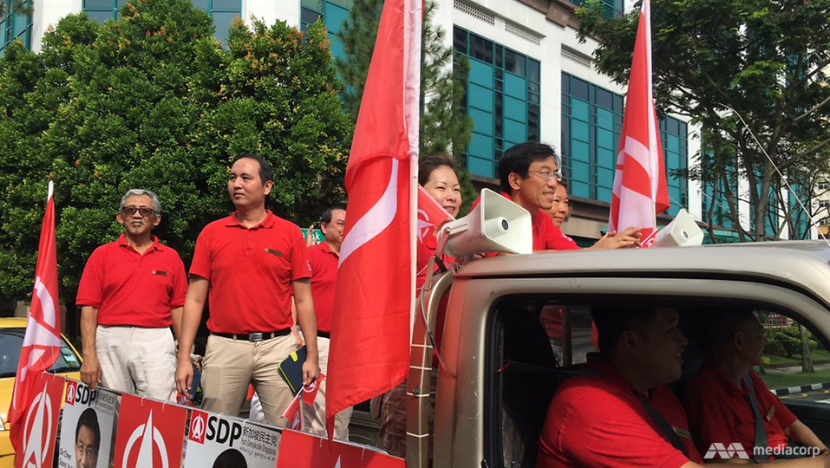
Singapore Democratic Party at Chee Soon Juan's thank you parade to Bukit Batok residents. (Photo: Chan Luo Er)
SINGAPORE: A buzz was set off in Singapore’s usually dull political scene, when seven opposition parties announced plans last weekend to form a coalition, and extended an invite to former presidential candidate Tan Cheng Bock to lead them.
Buoyed by the stunning political developments across the Causeway, which saw the Barisan Nasional (BN) government toppled after an uninterrupted 61-year rule, some members of the proposed alliance are setting their sights high.
“Our alliance must strive to form the next Government in the upcoming General Election (GE),” said former National Solidarity Party (NSP) chief Lim Tean, who is seeking to form a new party. Singapore’s next GE must be held by 2021.
Writing on Facebook, Mr Lim added:
The winds of change are here and they have buffeted the world for the past two years… Those who try to suggest that what happened in the West and now Malaysia cannot possibly happen in Singapore are myopic and in denial.
But not everyone is convinced. Rather than providing voters with a real choice of an alternative government and a force to be reckoned with at the next GE, the proposed coalition is a last-ditch effort by parties and personalities who have been bit-part players to avoid political oblivion, said some analysts interviewed.
People’s Power Party (PPP) chief Goh Meng Seng was more circumspect about what the opposition parties were trying to achieve with the alliance. Citing the poor showing by the smaller opposition parties in the Republic’s last GE in 2015, Mr Goh said: "We’re at rock-bottom. When we come to that stage, nothing could be worse (than) to try… a new approach to get a different result. If we don’t change, the results won’t change."
The seven parties involved are the Singapore Democratic Party (SDP), NSP, PPP, Democratic Progressive Party, Reform Party (RP), Singaporeans First, and Mr Lim’s as-yet-unregistered party People’s Voice.

The Workers’ Party (WP) and the Singapore People’s Party (SPP), two of the most successful opposition parties in Singapore, are not part of the effort.
At this stage, many questions remain unanswered. For instance, RP chairman Andy Zhu said it is unclear if the component parties will have to fold should the alliance come to pass, or if the coalition’s leaders have to resign from their current party posts while their old parties remain.
The idea of the smaller opposition parties forming a new coalition and having Dr Tan as a leader was mooted two Saturdays ago during a working lunch chaired by SDP secretary-general Chee Soon Juan at his party’s premises.
The meeting was held three weeks after the SDP brought in Malaysian politician Chua Tian Chang to speak about the opposition coalition Pakatan Harapan’s (PH) historic victory in the Malaysian election. Mr Chua is vice-president of Parti Keadilan Rakyat, one of PH’s component parties.
THE MALAYSIAN GE EFFECT
The opposition leaders behind the proposed alliance have made clear that the Malaysian GE results had given them the impetus, and the belief that they can achieve a similar feat.
In the aftermath of the May 9 polls, many speculated whether Singapore could follow suit, as opposition supporters in the country hailed PH’s victory as a sign of things to come.
Subsequent comments by Malaysian Prime Minister Mahathir Mohamad — who returned to power after a 15-year hiatus by leading the PH alliance to victory — further fuelled such sentiments.
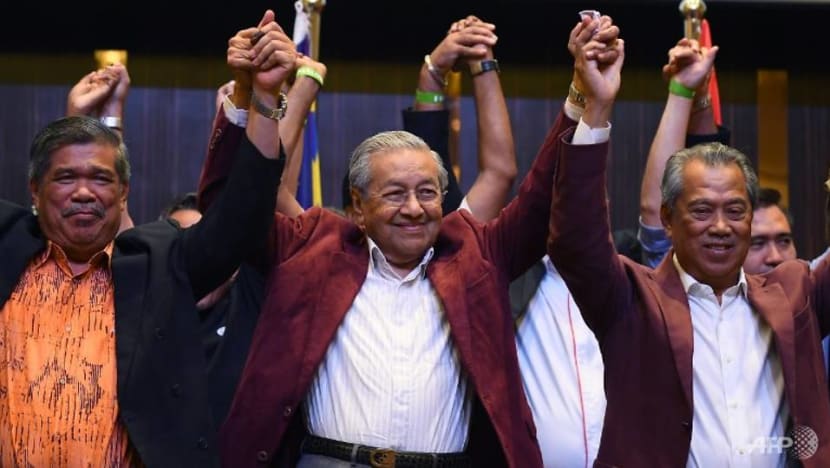
Weeks after the Malaysian polls, Dr Mahathir told the Financial Times that PH's win would have a spillover effect on Singapore. "I think the people of Singapore, like the people in Malaysia, must be tired of having the same government, the same party since independence," he said.
However, some political observers and analysts have pointed out that the conditions in Malaysia and Singapore are vastly different.
Banyan Tree executive chairman Ho Kwon Ping, for example, said last month that it would be a “foolish mistake” to think the People’s Action Party (PAP) will suffer the same fate as BN, even though there are "unnervingly close parallels" between the neighbouring countries.
A "huge and critical difference" is the "egregiously blatant" corruption of the previous Malaysian government, said Mr Ho who was speaking at an OCBC Bank forum.
Singapore and its people would be "drawing the wrong lessons if we look at Malaysia and think that the fall of the PAP is imminent for whatever reasons that are happening across the Causeway”, he reiterated.
"It is not the absence of full democratic institutions, it is not the absence of full human rights, or the putting down of dissent, nor the presence of paternalistic governance which brings down a government, or has brought down the Malaysian government," he said.
It is the unbridled, egregiously blatant and massively enormous corruption of the Najib (Malaysia's former premier) government which brought him down.
Several political analysts noted that getting Dr Tan to lead the proposed coalition was straight out of the PH playbook. But the circumstances in Singapore could not be more different.
Dr Tan, 78, has said that he is open to the idea of leading the coalition but stopped short of agreeing to take up the offer.
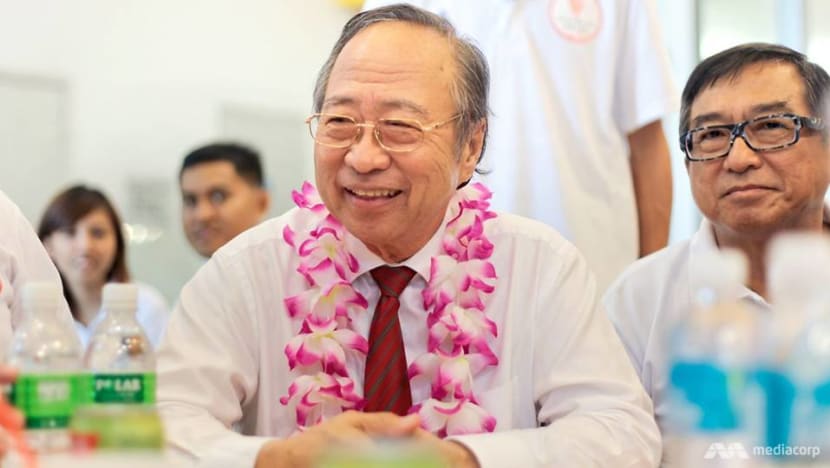
Several opposition party leaders involved in the proposed coalition said they were pinning their hopes on Dr Tan to take charge — from shaping the form in which the coalition will take to attracting more qualified candidates into its ranks.
Dr Tan, a medical doctor, was formerly a long-serving PAP Member of Parliament (MP), winning six consecutive elections — garnering at least 70 per cent of the vote each time — in the Ayer Rajah single member constituency between 1980 and 2001.
He stepped down as an MP in 2006, and resigned from the PAP in 2011 to run in the Presidential Election (PE). He received almost 34.9 per cent of the vote in the four-cornered fight, losing to Dr Tony Tan by a razor-thin margin of about 0.3 percentage point.
Despite his popularity among Singaporeans and political credentials, any comparison of Dr Tan to Dr Mahathir, 93, is far-fetched, analysts said.
The veteran Malaysian politician had been the country’s longest-serving prime minister before taking up the reins again, while Dr Tan had only been an MP, they added.
The PH alliance is also highly mature, compared with the “much less organised” coalition being proposed here, said Nanyang Technological University (NTU) political scientist Woo Jun Jie.
Retired political science professor Hussin Mutalib said there had been mass disenchantment across the Causeway leading to the polls, with major issues dogging the previous BN government, such as the financial scandal involving state fund 1Malaysia Development Berhad.
“The Malaysian setting that led to PH’s victory is far different from Singapore,” he reiterated.
Never mind that the opposition leaders banking on any Malaysian GE effect could be setting themselves up for disappointment, they have their work cut out should the proposed coalition come to pass, the analysts said.
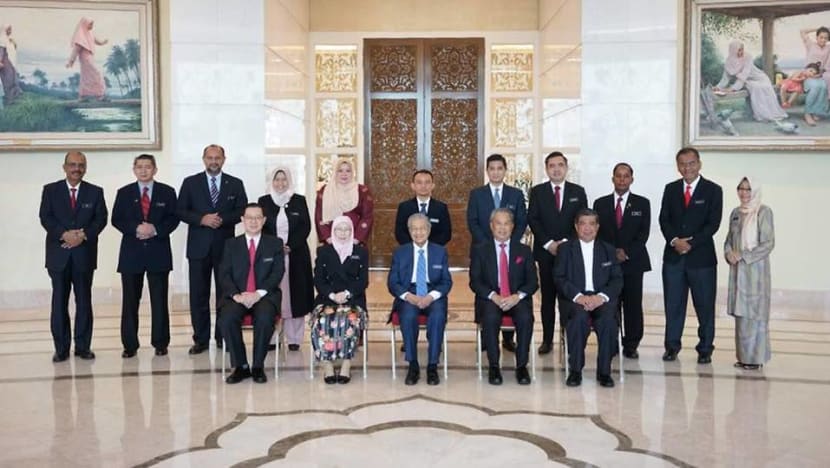
The leaders will have to set aside their differences and party aspirations to forge a common vision and identity. They must also go beyond stirring dissatisfaction against the ruling PAP and chart clear and effective policies to convince voters.
Building a pipeline of credible politicians will also be key to ensuring the group’s long-term viability, analysts added.
Party leaders interviewed were acutely aware of the challenges that lie before them.
This is not the first time that opposition parties have mooted a formal alliance. The most recent attempt saw the formation of the Singapore Democratic Alliance (SDA) by opposition figurehead Chiam See Tong in 2001.
The SDA started out with four component parties: SPP (which was led by Mr Chiam), NSP, the Singapore Justice Party and the Singapore Malay National Organization (PKMS).
Before long, cracks appeared. NSP withdrew from the alliance in 2007. Four years later, Mr Chiam and the SPP followed suit — just three months before the 2011 GE. The SDA floundered at the polls that year, where it was the worst-performing opposition party.
For the latest effort to bear fruit, some opposition leaders acknowledged the need to not only put aside their egos but also agree on a common manifesto and identity to mount an effective electoral battle.
PUTTING ASIDE EGOS, STRONG PERSONALITIES
The egos of party leaders are the main obstacle, said Mr Zhu. “It is easy to come together, but it is difficult to put aside some of their leadership egos and ‘why do I have to listen to you’ and everything,” he added.
Mr Zhu, however, struck an optimistic note, saying that the grouping comprises seasoned politicians who have been in the arena for a long time. “We believe that we know what we’re doing and who we’re dealing with,” he said.
Assistant Professor Woo, who is from the NTU’s public policy and global affairs programme, noted the presence of “strong-willed leaders” such as RP secretary-general Kenneth Jeyaretnam and Singaporeans First chief Tan Jee Say.
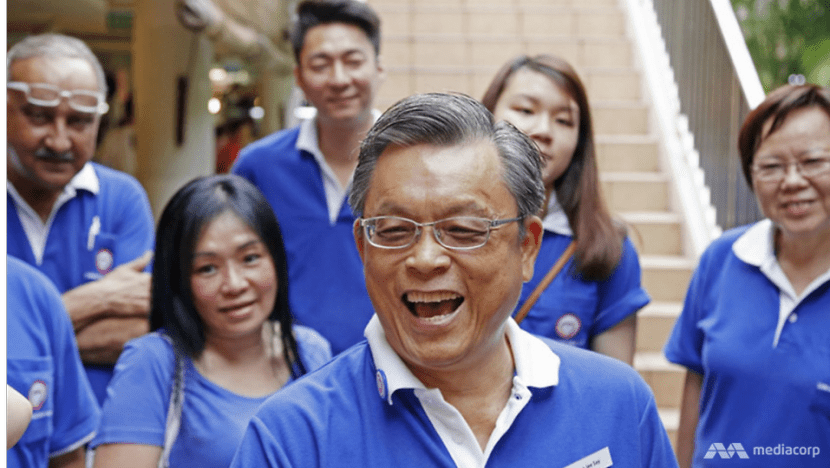
Writing on Facebook a day after the parties proposed that he lead them, Dr Tan said some politicians from the seven parties may need to stand down and “serve from the backroom if it is for the good of the country”.
Dr Gillian Koh, deputy director (research) at the Institute of Policy Studies, said it was not that promising to start talks with “terms and conditions dictated”, where parties are told certain personalities may have to step aside.
“If you’re saying you want to build a coalition that is inclusive, then you might want to start off by laying on the table what are some things that (all) agree with,” she said.
Still, Prof Hussin said party veterans should agree to give way to younger and qualified members to be fielded in elections.
Mr Goh from the PPP, however, disagreed that egos would get in the way.
“If we are all egomaniacs, we won’t be sitting on the same table … All the leaders have their differences in their ideologies, policy-wise and how things should be done, but I do not think they are so egoistic as to say they can do it all by themselves,” he said.
We understand that we cannot do it alone and we need to unite and depend on each other for our future success.
Mr Goh, for one, said he has no qualms taking a backseat. “The back-end is as important as the front … I do not see anything bad about that,” he said.
COMMON VISION, IDENTITY VITAL
While the nitty-gritty of the proposed coalition is still to be ironed out, analysts and politicians said that uniting behind a single vision and identity will be key to achieving any success.
The parties need to agree on a “conscientious” pooling of resources and a united electoral strategy, said Singapore Management University (SMU) law lecturer Eugene Tan.
Mr Spencer Ng, secretary-general of the NSP, said working towards the same goal was the “fundamental cornerstone” if the parties were to fight more effectively at the ballot box.
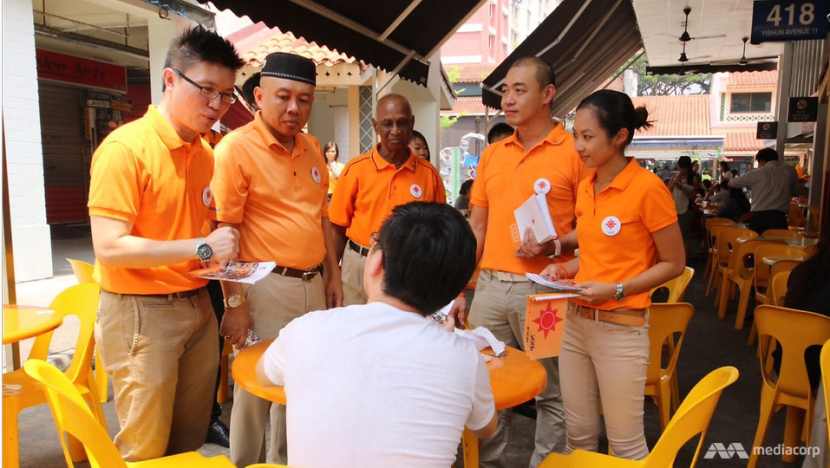
A common vision, said Asst Prof Woo, is also important so that the coalition can transcend the personality politics that has thus far characterised the country's opposition landscape.
“The lack of a common vision will only damage the coalition’s credibility to potential voters,” he added.
Singaporeans First secretary-general Tan Jee Say said that the seven parties have met to discuss several issues such as the cost of living, minimum wage and foreign worker inflows.
He also acknowledged that the parties will have to reach a “compromise” and adopt a “give-and-take spirit” to form a successful coalition. As long as the parties agree on the core issues to tackle, peripheral differences “will not matter as much”, he said.
Mr Goh said the parties concur on many issues, including the need to cut ministerial salaries and to stem increases in the Goods and Services Tax — which is set to rise from 7 per cent to 9 per cent between 2021 and 2025.
“Fundamentally, we feel that the PAP should not be in power anymore,” said Mr Goh, claiming that the PAP government is not running the country as well as it used to be.
Political analyst Felix Tan, an associate lecturer with SIM Global Education, said the proposed coalition must go beyond just being “against the ruling party”. Clear policies and directions will be key to convincing voters, especially as the extent of change the coalition can effect is still in question, he said.
More than a common vision, the parties will have to forge a shared identity, analysts said.
Party identities will be diminished in the process, said Asst Prof Woo.
Party leaders said that this was not a huge concern and they will work towards adopting a common logo and banner under which they will contest elections. Said NSP’s Mr Ng:
If the coalition really comes into existence, it’s only natural that we will contest under one party and one logo.
A clear agenda and arrangement under which the coalition speaks and campaigns as one will also help it to draw candidates, said Mr Tan from Singaporeans First.
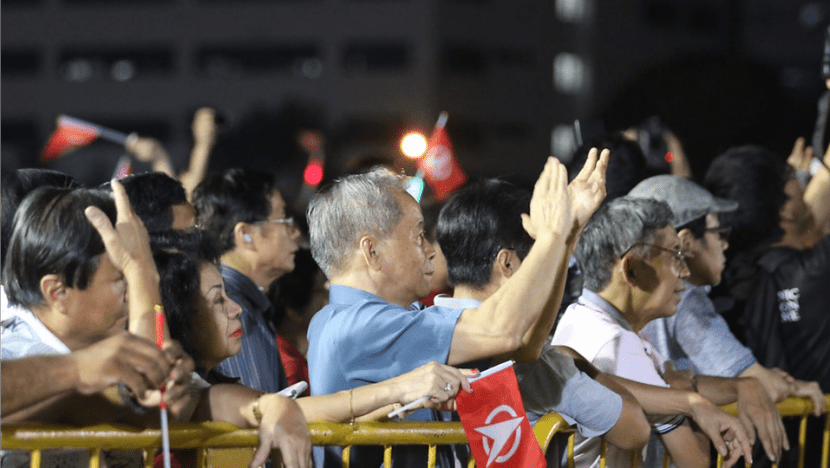
TALENT CRUNCH
The proposed coalition also needs to focus on creating a steady pipeline of talent to ensure it stays relevant and viable for the long haul, said analysts.
Political parties, including PAP, face a perennial challenge of getting suitable candidates to step forward. Among the opposition parties, WP has the strongest brand name and would be the natural choice for those aspiring to join the opposition, analysts noted.
Asst Prof Woo said that parties in the proposed alliance are presently unequal in their ability to attract and retain talent.
RP, for example, has had little success, with members coming and going in quick succession. By contrast, SDP has fared better, he added.
Indeed, most of the parties face a dearth of talent, said SIM’s Dr Tan, and have not demonstrated the tenacity to seek out new blood or keep existing members.
SMU’s Assoc Prof Tan said the parties have a long way to go in making a compelling case on why any budding politician should opt for them.
One reason the smaller parties face this difficulty is that they tend to go into “political hibernation” after elections.
Agreeing, Dr Bilveer Singh, a political scientist with NUS, said the parties should raise their visibility to woo talent. They cannot just be “fly-by-night” parties, but ought to capitalise on social media to scout potential candidates — an area in which they are lagging behind right now.
Notwithstanding the concerns over talent, some opposition leaders remained sanguine.
Mr Tan from Singaporeans First said the discussions sparked by the proposed coalition could inspire those who are ready to step forward. “With every election, there will always be new people coming up, people who are older, and ready for a change,” he added.
PPP’s Mr Goh said parties of the proposed alliance were not short on talent, with banking and finance professionals and former top civil servants in their ranks, for instance.
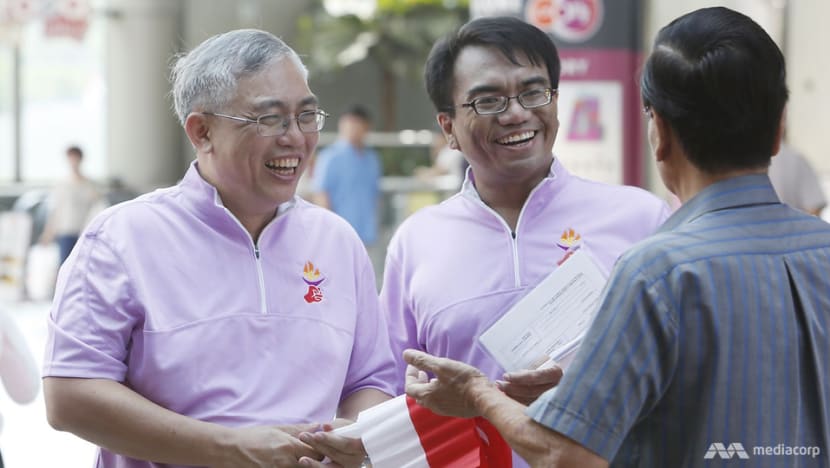
The parties are also looking to Dr Tan Cheng Bock to serve as a draw for prospective candidates.
“Having the leadership of Dr Tan Cheng Bock, I hope more talented Singaporeans are willing enough to step out of their comfort zones to really fight for what is right and beneficial for the country,” said NSP’s Mr Ng.
When approached, Dr Tan declined to be interviewed.
IMPACT OF MAJOR PARTIES’ ABSENCE
Despite the optimism of the opposition leaders involved, the effort to form a new coalition is hamstrung from the start by the absence of WP and SPP.
Both parties were invited to the working lunch where the idea was mooted, but did not attend.
SPP chairman Lina Chiam said that her party is focusing its efforts on intensive ground engagement to gauge and understand the sentiments of Singaporeans. Responding to media queries, the WP had maintained that its focus was on building itself up to better serve Singaporeans.
WP’s aversion towards working with other opposition parties is well known, with former WP chief Low Thia Khiang making it clear previously that having all opposition parties band together as one political force was an “unworkable concept”.
Mr Low stepped down as party chief earlier this year to make way for new blood. But its stance towards opposition unity is unlikely to change under new secretary-general Pritam Singh, experts have said.
The absence of WP — which is the only opposition party with a presence in Parliament — would lower the proposed coalition’s chances of success, analysts said.
Asst Prof Woo pointed out that it would, however, not have made sense for the WP to participate. Its political values and ideologies differ from those of key coalition members, such as the SDP.
SIM’s Dr Tan reiterated that the WP and the SPP have established identities and manifestos, and are clear about who and what they stand for. Joining the coalition would diminish their influence, he said.
Nonetheless, Prof Hussin said the alliance could still receive considerable support without the two main opposition parties if its leadership is united and credible, and its programmes are seen as relevant and timely.
Assoc Prof Tan from SMU felt that the non-involvement of WP and SPP will not matter much as long as the opposition parties avoid being mired in three-cornered fights, which will split the opposition vote.
Still, some opposition members are holding out hope that both parties could come on board.
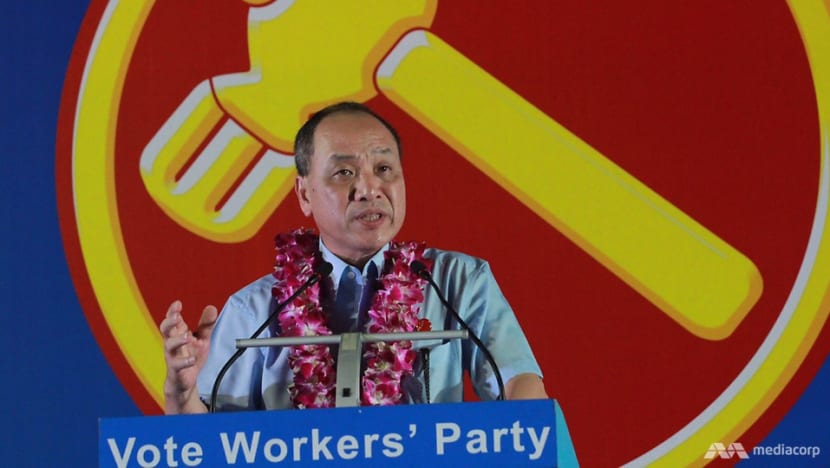
Mr Goh said discussions with WP and SPP are ongoing via various channels.
While he believes it would be best if the WP decides to step in, he noted that “maybe we should let them be” as the party already has a presence in Parliament.
“It’s not easy to win seats from the PAP, but whether they can hold on to them ... that’s their problem.”
Opposition figure Ravi Philemon, a former SPP candidate, said that while some parties may be non-committal now, it is hard to tell how things will pan out come election time.
“The opposition parties always have a roundtable discussion just before the election is announced and constituencies are drawn up. We may see a coalition (coming together) at that time,” he added.
‘IF WE DON’T CHANGE, THE RESULTS WON’T CHANGE’
With the proposed coalition beset with great challenges and what seems to be a Herculean task ahead, few people outside the opposition circles are convinced that it would take off.
SIM’s Dr Tan reiterated that for several parties in the proposed coalition, “their popularity and influence in domestic politics are waning completely”.
“So their relevance is … called into question in the first place. Coming together will, perhaps, allow them to be in the minds of Singaporeans,” he added.
Call it what one will, but PPP’s Mr Goh — who has had his fair share of electoral setbacks — said the effort to come together stemmed from the realisation among the smaller opposition parties that they can no longer go it alone.
“If we continue to do things (as we did) in the past, we will not get different results,” he said. “The fact is that our fortunes and destinies are linked … We cannot do without each other.”
He added: “If you don’t try, you won’t know”. “It cannot be worse than the status quo.”
In a crowded and fragmented opposition landscape, Assoc Prof Tan said the stakes are high for some of the parties involved. The proposed coalition could be their last throw of the dice.
“The parties may have no alternative as they have been marginal players in the last and previous GEs. If they don't make headway, then the next GE might see them consigned to political irrelevance,” he said.
















